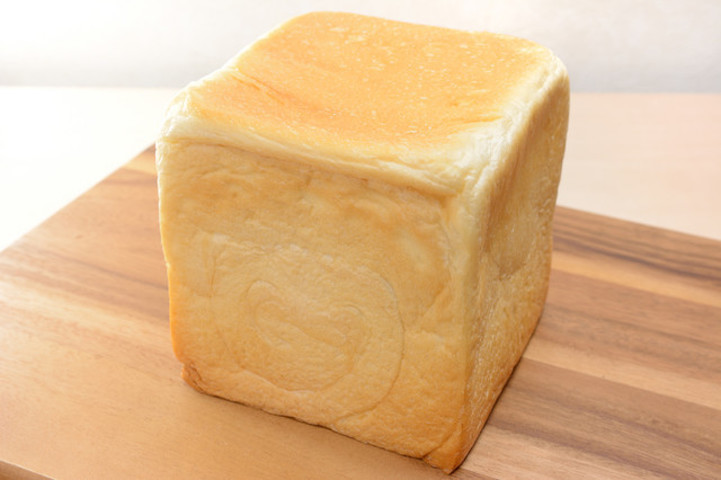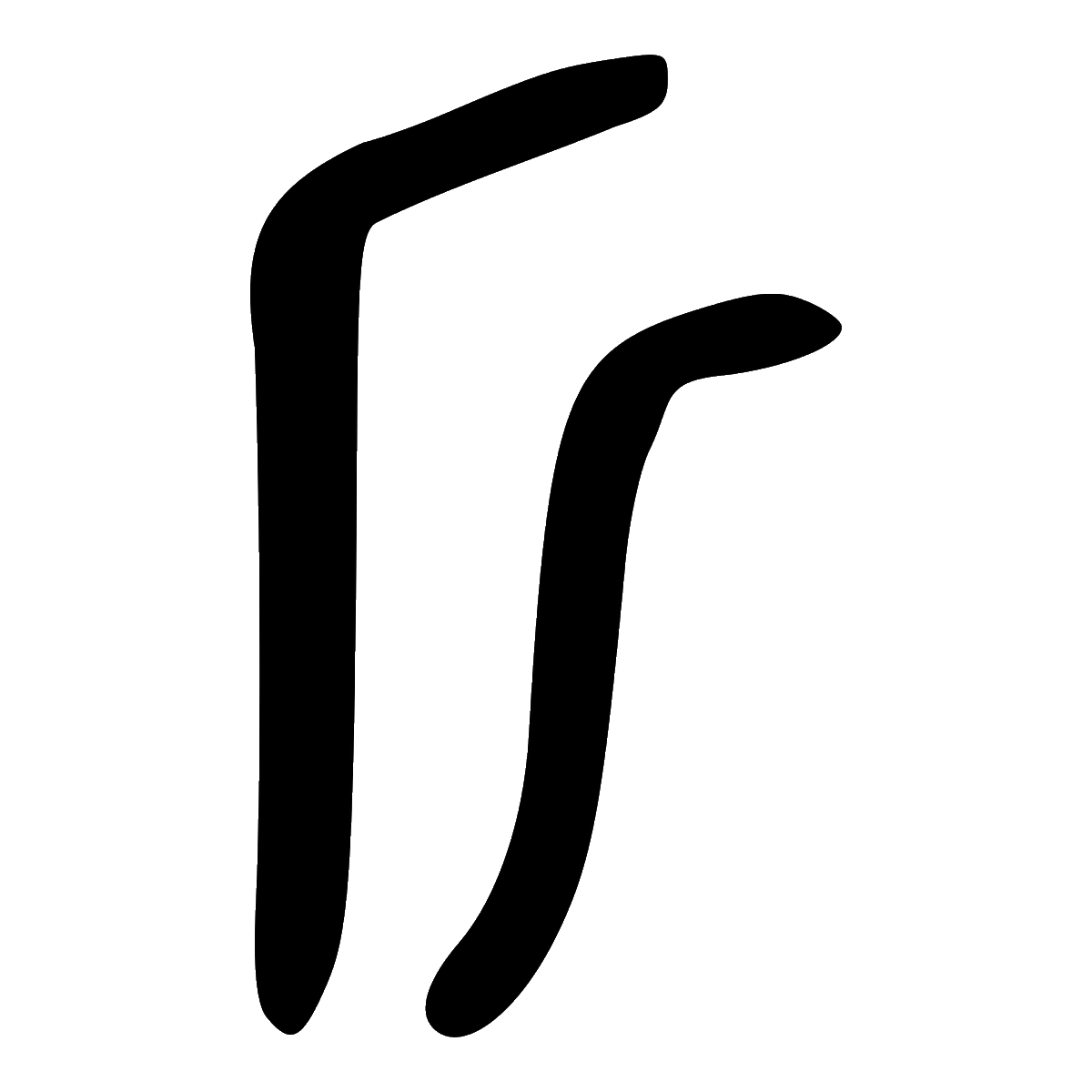today& #39;s #practicalkanji: 斤 (きん)
斤 originally meant axe, but now it& #39;s a counter for loaves of bread.
仕事の帰りに食パン一斤(いっきん)買ってきて。
Buy a loaf of bread on your way home from work.
you may wonder, how did 斤 come to take on this meaning? let& #39;s find out!
斤 originally meant axe, but now it& #39;s a counter for loaves of bread.
仕事の帰りに食パン一斤(いっきん)買ってきて。
Buy a loaf of bread on your way home from work.
you may wonder, how did 斤 come to take on this meaning? let& #39;s find out!
斤 was originally a pictogram for an axe blade cleaving an object. the chinese bronze script form of 斤 shown here dates back to 770 BCE or earlier.
axes were once used as counterweights in ancient china, so 斤 evolved into a unit of measurement.
axes were once used as counterweights in ancient china, so 斤 evolved into a unit of measurement.
the exact amount of weight measured by one 斤 changed throughout the ages.
when the kanji 斤 arrived in japan, it was roughly equal to 600g--this unit is called a "catty" in english, and it& #39;s still used in various east and southeast asian countries.
when the kanji 斤 arrived in japan, it was roughly equal to 600g--this unit is called a "catty" in english, and it& #39;s still used in various east and southeast asian countries.
during the meiji era, japan standardized the 斤 to exactly be 600g. trade between japan and the west proliferated, the japanese had to reckon with the imperial measurement system as well as their own. they coined the word 英斤 (えいきん or ポンド) to refer to a pound (~454g).
(the word 英斤 is no longer used btw, we just say ポンド)
one thing japan started importing a lot of was bread. one loaf of bread weighed about a pound, so they used the word 斤 to count loaves.
today, a loaf of bread in japan weighs less than a ポンド, and much less than a 斤.
one thing japan started importing a lot of was bread. one loaf of bread weighed about a pound, so they used the word 斤 to count loaves.
today, a loaf of bread in japan weighs less than a ポンド, and much less than a 斤.
fun fact: the japanese bread fair trade council (日本パン公正取引協議会) stipulates that one 斤 of bread must weigh at least 340g.
technically, 斤 is also a way of specifying loaf weight, e.g. a loaf ≥ 510g can be labeled 1.5斤.
thanks for subscribing to japanese bread facts!
technically, 斤 is also a way of specifying loaf weight, e.g. a loaf ≥ 510g can be labeled 1.5斤.
thanks for subscribing to japanese bread facts!
while you& #39;re here, why not check out this cool article on the history of bread in japan? https://allabout-japan.com/en/article/4557/
---by">https://allabout-japan.com/en/articl... the way, the modern word for "axe" is 斧 (おの).
references:
etymology of 斤: http://nihongo.monash.edu/Etymological_Dictionary_of_Han_Chinese_Characters.pdf
斤">https://nihongo.monash.edu/Etymologi... and bread: http://www.japan-bread.jp/bread_story/units-and-size-of-bread.html">https://www.japan-bread.jp/bread_sto...
---by">https://allabout-japan.com/en/articl... the way, the modern word for "axe" is 斧 (おの).
references:
etymology of 斤: http://nihongo.monash.edu/Etymological_Dictionary_of_Han_Chinese_Characters.pdf
斤">https://nihongo.monash.edu/Etymologi... and bread: http://www.japan-bread.jp/bread_story/units-and-size-of-bread.html">https://www.japan-bread.jp/bread_sto...
images:
https://news.cookpad.com/articles/29903
https://news.cookpad.com/articles/... href=" https://en.wiktionary.org/wiki/%E6%96%A4 ">https://en.wiktionary.org/wiki/%E6%...
https://news.cookpad.com/articles/29903

 Read on Twitter
Read on Twitter



